Morning Eye Candy: Artful Azalea
Posted in Photography on May 8 2011, by Ann Rafalko
Azaleas can dazzle, but they can also coax you in with their charms.
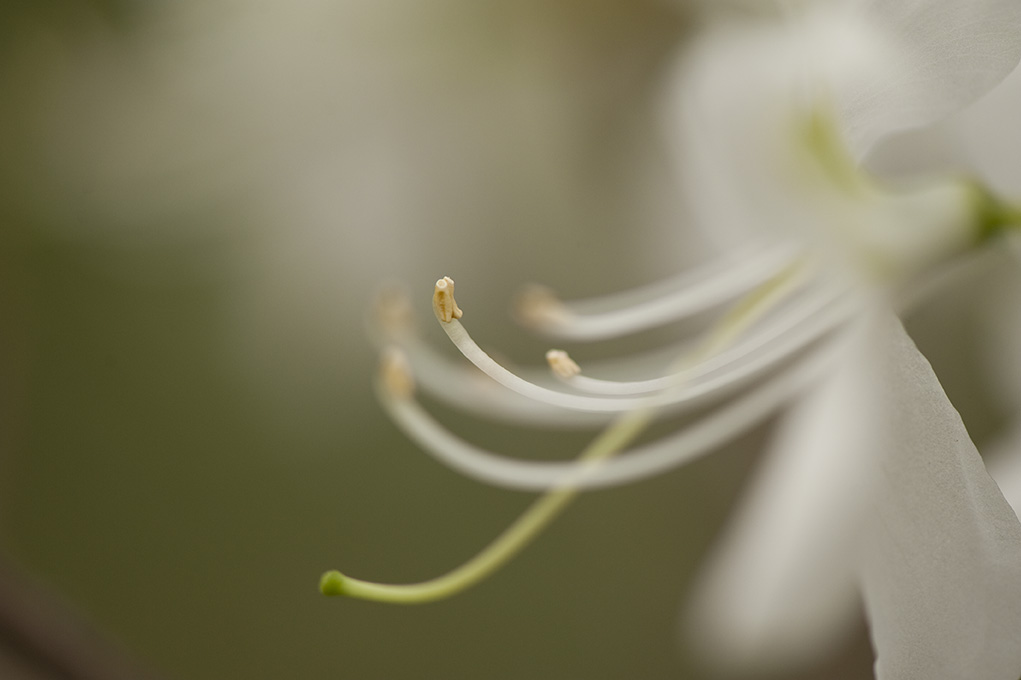
Rhododendron vaseyi ‘White Find’ (photo by Ivo M. Vermeulen)

Inside The New York Botanical Garden
Posted in Photography on May 8 2011, by Ann Rafalko
Azaleas can dazzle, but they can also coax you in with their charms.

Rhododendron vaseyi ‘White Find’ (photo by Ivo M. Vermeulen)
Posted in Photography on May 7 2011, by Ann Rafalko
These three beauties from the amazing new Azalea Garden (which opens today!) confound expectations and dazzle in unexpected tones.
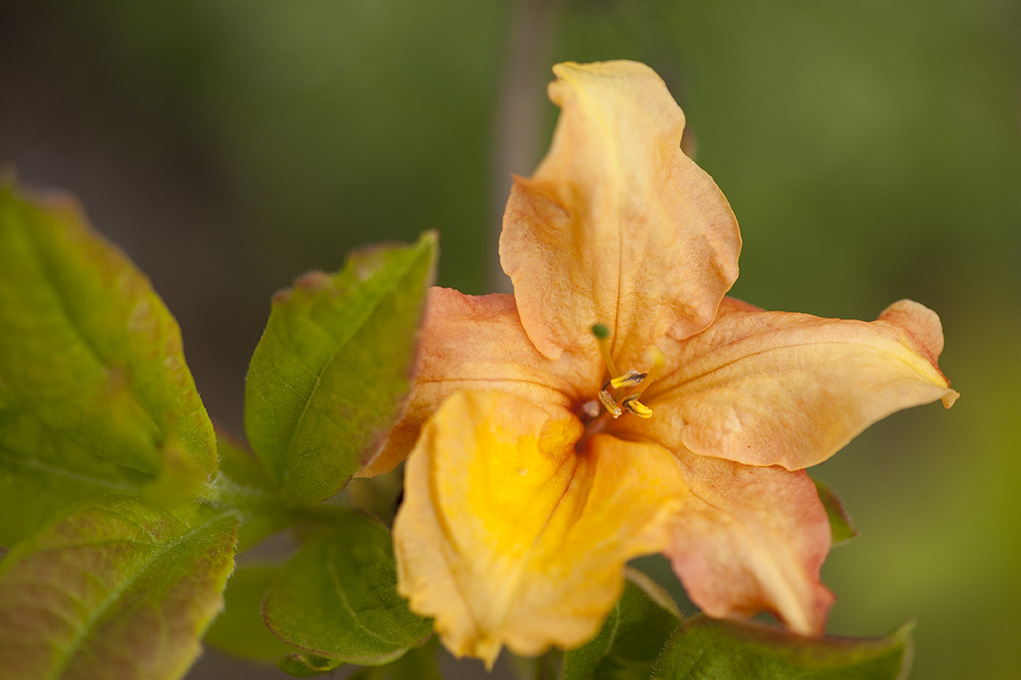
Rhododendron luteum ‘Bee Dazzler’
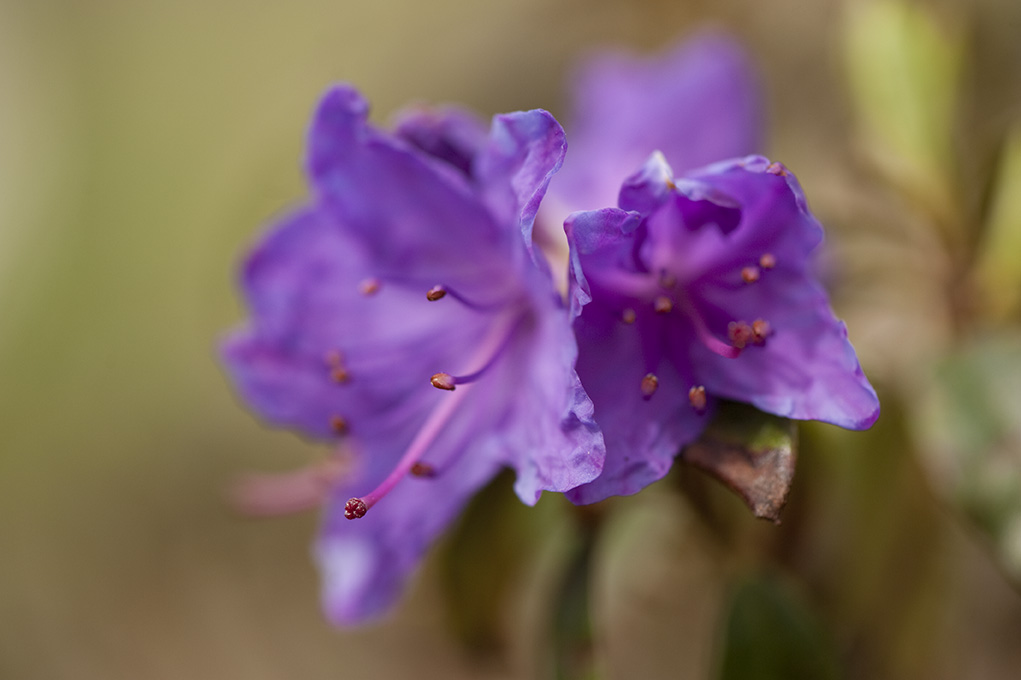
Rhododendron ‘Blue Baron’
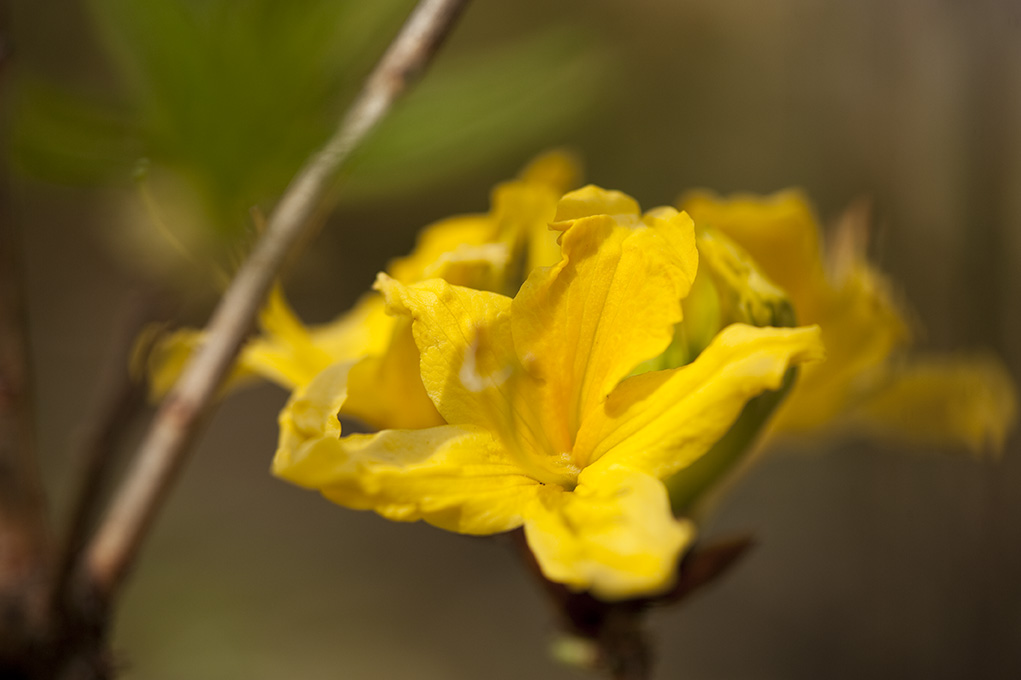
Rhododendron luteum ‘Golden Comet’
Photos by Ivo M. Vermeulen
Posted in Gardening Tips on May 3 2011, by Sonia Uyterhoeven
 |
Sonia Uyterhoeven is Gardener for Public Education. |
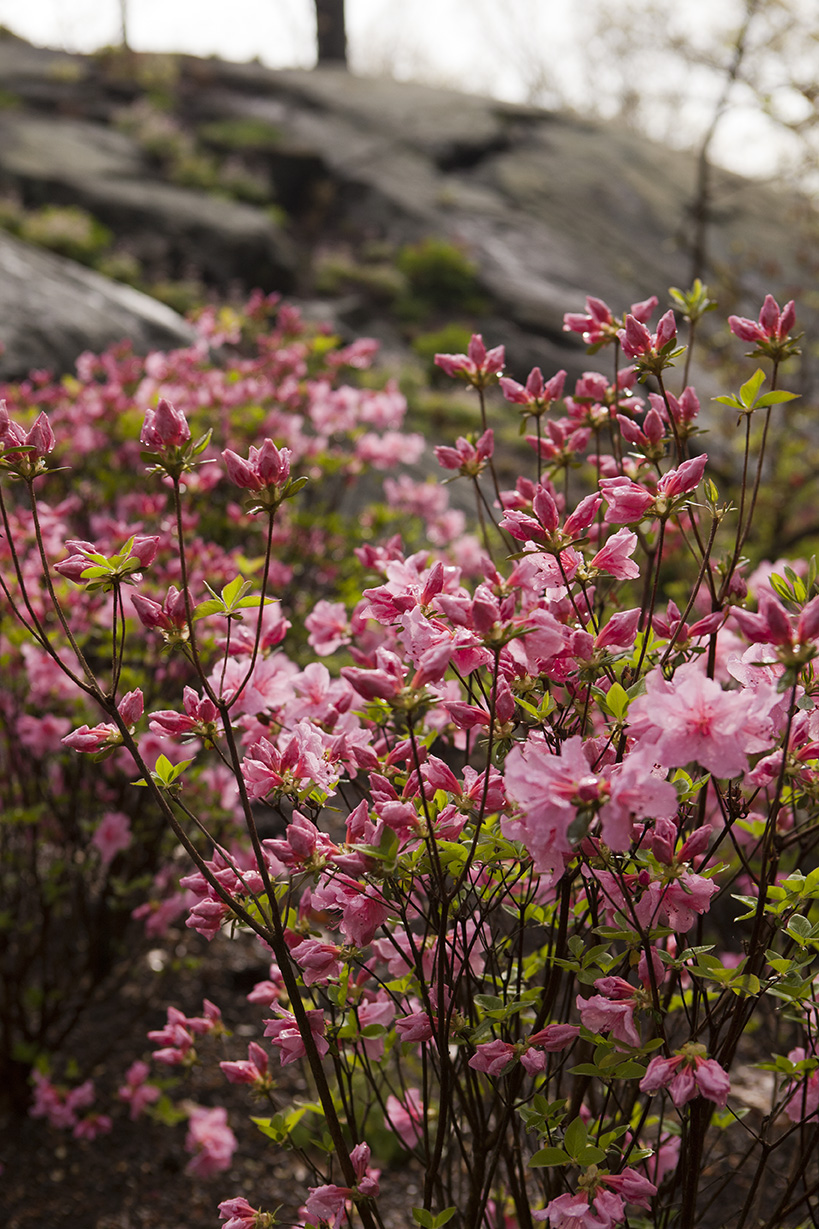 Azaleas are wonderful additions to the garden. They are easy to grow, look sensational, and have attractive foliage. Evergreen azaleas provide year-round interest while deciduous azaleas often have exquisite fall color and exhibit an elegant woody framework in winter.
Azaleas are wonderful additions to the garden. They are easy to grow, look sensational, and have attractive foliage. Evergreen azaleas provide year-round interest while deciduous azaleas often have exquisite fall color and exhibit an elegant woody framework in winter.
In their native habitats, azaleas are often found growing in or on the edge of woodlands in well-drained, acidic soil that is rich in organic matter. They have a shallow, fibrous root system, which needs to be considered when caring for them. Azaleas do well in full sun or part shade (about four hours of sun). Planted in full sun, azaleas will be more compact and floriferous. When planted in part shade, they will stretch toward the sunlight and form a more graceful habit; flowers will not be as plentiful but will last longer.
When using azaleas for foundation plantings, locate them 3 – 4 feet from the building so that the roof will not obstruct rainfall and so that air can circulate around the plants. Avoid planting near highly reflective walls unless on the north side of the building or in the shade. Windy sites are problematic: in winter, winds and sun can desiccate the foliage, of evergreen azaleas especially. Deciduous azaleas are more forgiving.
Azaleas need good soil structure and plenty of organic matter so that their shallow roots will not dry out. Conversely, azaleas can be suffocated by excess water and poor drainage; soil compaction around foundations and in yards is a frequent problem. When amending the soil, it is better to prepare the entire bed rather than just the planting hole to create a uniform condition so that the fibrous roots are encouraged to spread. As a general rule, the soil should contain 5 – 10% organic matter.
More about how to grow the happiest, healthiest, most beautiful azaleas below.
Posted in Around the Garden on April 28 2011, by Ann Rafalko
Mothers. Where would we be without them? They bring us into this world, they raise us, teach us, feed us, clothe us, and then hopefully, they send us off to be a good person, and perhaps (at least for 51% of the population) to replay the same role as a mother, too. It’s a wonder that mothers only get one day dedicated solely to them! So, to thank mom for all she has done for you, why not do something nice for her?
At the Garden, we’re throwing a garden party over Mother’s Day weekend in conjunction with the grand opening of our amazing new Azalea Garden. The Opening Weekend Celebration–May 7 – 8; 12-6 p.m–is a day full of picnic lunches, lawn games, Azalea Garden tours, music, kites, the opportunity for kids to make a bouquet, just for mom, and much more. Picnic lunches must be ordered online, in advance. Once at the Garden, pick up your lunch and then enjoy your day amid the sun-dappled, kaleidoscope of colors in this incredible new garden. Other food and beverages will be available for purchase on site.
If your mom prefers to spend the day in her own garden (or maybe you can’t make it to New York), we’ve got you covered, too. The Shop in the Garden features an extensive collection of beautiful (and functional) garden tools, including these rainbow-hued watering tools from Dramm, these beauties featuring a Celia Birtwell print, these cheerful pots made exclusively for NYBG, the wonderful Sustainable Rose Garden–edited by Peggy Rockefeller Rose Garden curator, Peter Kukielski–and these super functional and stylish paper braid visors.
Maybe your mom prefers to keep her couture out of the garden? Then she’ll love this exclusive silk scarf created to celebrate the Garden’s 120th anniversary. These sculptural wooden bracelets are a big hit with fashionable moms amongst the Garden staff, as are these classic umbrellas and fashionable, yet functional market tote bags.
If you come to the Garden for Mother’s Day weekend, snap some pictures and share them with us on Twitter (@nybg), Facebook, or in our Flickr Group Pool. If we get enough pictures, we’ll post some of them here on the blog! For Mom!
Posted in Gardening Tips on April 27 2011, by Sonia Uyterhoeven
 |
Sonia Uyterhoeven is Gardener for Public Education. |
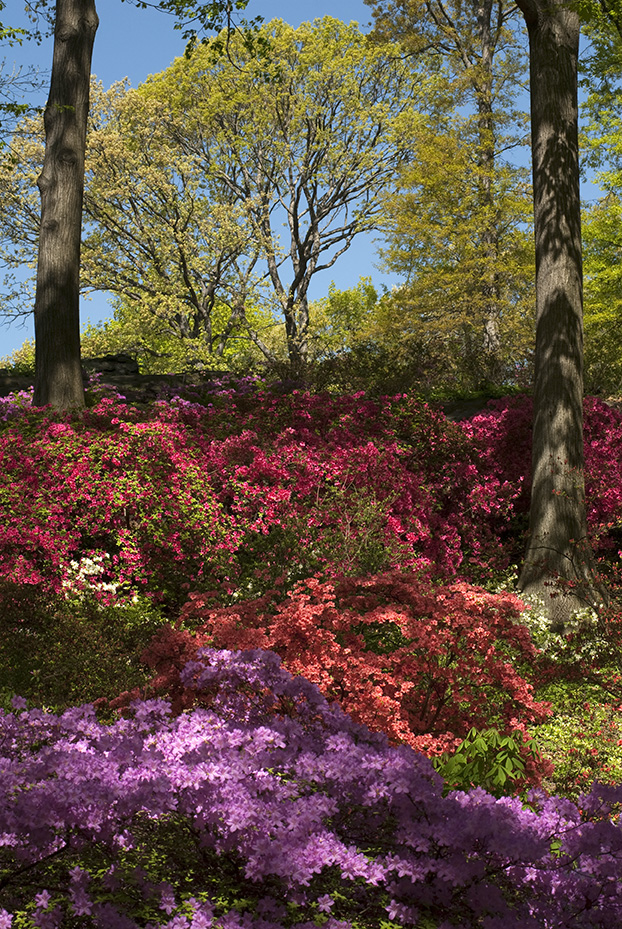 Azaleas, as seen in the Garden‘s spectacular new Azalea Garden, provide home gardeners with wonderful spring color that extends from April into July (depending on the species). Evergreen azaleas provide year-round interest while deciduous azaleas often offer multi-seasonal appeal and lovely fall foliage. Azaleas are slow growing; many of them, save some of the larger deciduous natives, make good candidates for foundation plantings. By following a few simple rules, it is easy to design effectively with azaleas.
Azaleas, as seen in the Garden‘s spectacular new Azalea Garden, provide home gardeners with wonderful spring color that extends from April into July (depending on the species). Evergreen azaleas provide year-round interest while deciduous azaleas often offer multi-seasonal appeal and lovely fall foliage. Azaleas are slow growing; many of them, save some of the larger deciduous natives, make good candidates for foundation plantings. By following a few simple rules, it is easy to design effectively with azaleas.
Azaleas can be planted as specimens or in groups. The royal azalea (Rhododendron schlippenbachii) not only has luminescent pinkish-white flowers in late April/early May but also exquisite rounded foliage that is arranged like pinwheels on the stems, making it an ideal specimen plant.
The native flame azalea (Rhododendron calendulaceum) flowers in late May to early June in a variety of shades from fiery red-orange to yellow-orange (as the name would suggest). Specimens can reach up to 12 feet tall and 5 feet wide and rival any large Viburnum in the garden. When planted en masse, flame azaleas create a nuanced color harmony that will brighten any landscape; they do not look congested or dense due to their graceful structure. Though deciduous, they can provide seasonal screening in your yard.
Pay attention to bloom time when planting azaleas in groups. Azaleas can generally be categorized by three bloom times: early, mid, or late season. I have visited gardens where azaleas are effectively planted so that they flower sequentially; as one azalea fades its neighbor opens, providing color for extended periods. Or, weave a tapestry by planting groups of azaleas that flower at the same time.